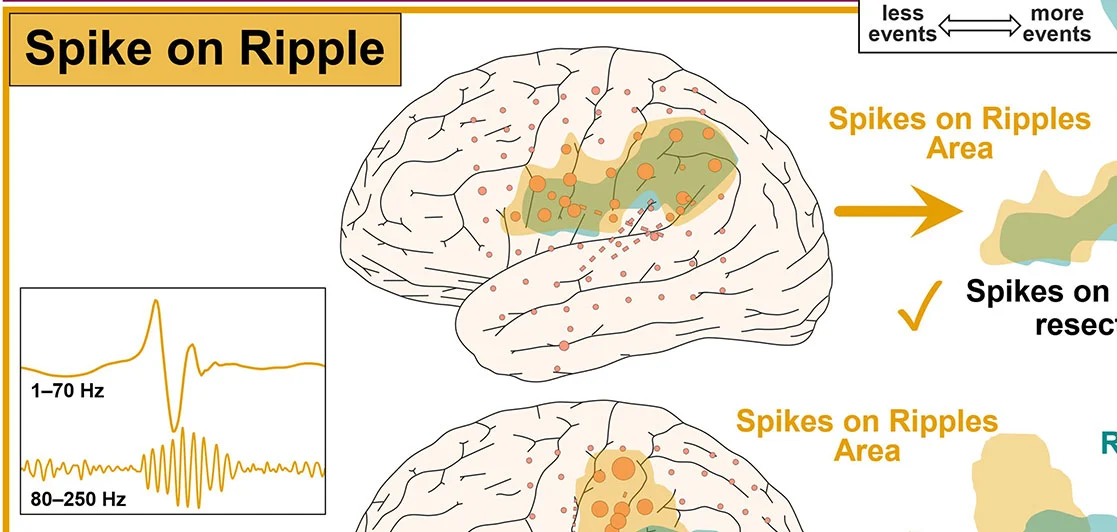Brain Activity Patterns Can Foreshadow 24-Hour Seizure Risk
July 18, 2024
Article by News Medical
A team of epilepsy specialists at University of California San Francisco has developed a method to predict 24-hour seizure risk. The researchers, led by Vikram Rao, MD, PhD, a Distinguished Professor in Neurology, showed that the storm of brain activity characterizing a seizure is presaged by abnormal communication between specific areas of the brain. By analyzing just 90 seconds of these unusual brain signals, the researchers could forecast seizure risk. “By identifying one of those events, we can offer patients information that can reduce one of the most stressful aspects of epilepsy: the unpredictability of seizures,” said Rao.
Rao collaborated with Ankit Khambhati, PhD, an assistant professor of neurosurgery who studies brain circuits associated with epilepsy, in the hopes of identifying a pattern of changes in how parts of the brain communicate with each other that could more easily and accurately foreshadow an oncoming seizure. Rao recruited 15 volunteers whose seizures arise from the hippocampus, which is found on both sides of the brain and plays a role in many types of epilepsy. These patients all had implanted responsive neurostimulation systems, or RNS devices, which can monitor brain activity and try to prevent it with electrical stimulation when it recognizes the sign of a seizure.
After scanning the recorded months of brain activity, the team found a cycle of activity that was associated with seizures. Within it was evidence of a change in communication between the two hippocampi. When the risk of a seizure was low, the right and left hippocampus operated independently, in a normal, healthy way. But signs of seizure risk increased when the two sides began to communicate, slowly synchronizing. As little as 90 seconds of data was sufficient to spot the pattern and assess the likelihood of a seizure occurring in the next 24 hours, a process they call “snapshot seizure forecasting.” The forecasting pattern was similar for virtually all study participants, increasing the likelihood that the approach will work for other people with this form of epilepsy. The discovery, which may be scalable to large numbers of patients, could help to improve the quality of life for those living with the daily uncertainties of epilepsy.






